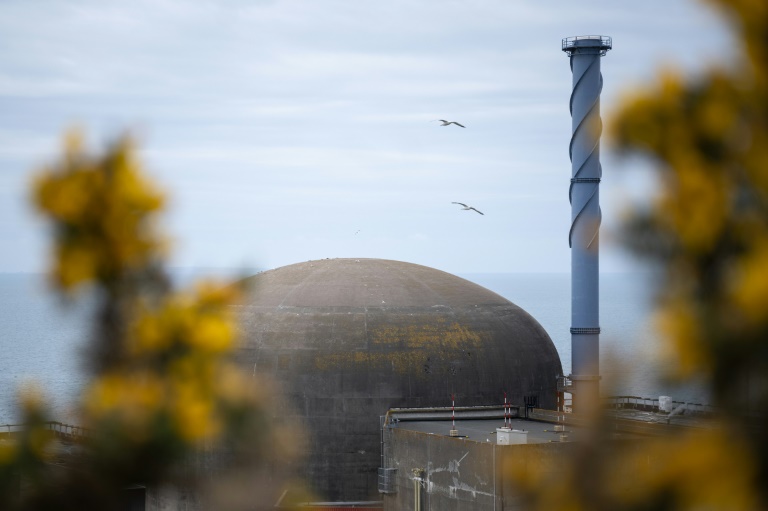France’s flagship nuclear reactor, Flamanville 3, located in Normandy, is set to officially enter service on December 20, 2024, following long-awaited preparations by its operator, EDF. The commencement of operations comes after a staggering delay of 12 years, largely due to a myriad of technical issues and escalating costs. The project, which initially had an estimated budget of €3.3 billion, ballooned to about €13.2 billion, illustrating the extensive challenges faced during development. As EDF prepares for the reactor’s integration into the national electricity grid, a phased power ramp-up process will occur, with various power levels tested until the summer of 2025, culminating in the reactor achieving full operational capacity.
The start-up of Flamanville 3 kicked off on September 3, but an unexpected automatic shutdown on the following day led to a brief pause in the process. The situation was resolved shortly thereafter, allowing the gradual increase of power to a target level of 25 percent capacity, a crucial step for establishing the reactor’s connection to the electricity network. This high-capacity reactor is designed to output 1,600 megawatts and is expected to provide electricity for more than two million homes. The upcoming connection to the grid was anticipated to occur last summer but has now been rescheduled for late 2024.
Celebrations surrounding the reactor’s launch will be marked with a press conference hosted by EDF at its Paris headquarters, emphasizing the significance of the event in the context of France’s energy landscape. This reactor, classified as a new generation pressurized water reactor (EPR), is notable for being the fourth of its kind globally and the 57th in France’s extensive nuclear fleet. The introduction of this advanced technology into the French energy system underscores the nation’s commitment to leveraging nuclear energy as a cornerstone of its electricity generation.
Moreover, President Emmanuel Macron advocates further investment and expansion of France’s nuclear capabilities, having announced plans for the construction of six new EPR2 reactors, with an option for eight additional reactors. This strategy aims to enhance France’s energy sustainability amid increasing global demands for clean energy sources and reducing reliance on fossil fuels. The financial implications of this policy are substantial, likely costing tens of billions of euros, yet it reflects a determination to strengthen the role of nuclear power within the national energy grid.
Despite the ambitious plans, the nuclear sector in France has recently faced challenges, including required safety checks and repairs to a number of its aging reactors due to stress corrosion issues, which significantly decreased nuclear production. This situation necessitated urgent responses from EDF to mitigate outages and maintain a stable energy supply. Nuclear energy currently accounts for approximately 60% of France’s electrical output, positioning the nation as a leader in global nuclear power alongside its expansive program, which contrasts sharply with neighboring Germany, which transitioned away from nuclear energy last year with the closure of the last three operational reactors.
In conclusion, the Flamanville 3 reactor symbolizes a pivotal moment in France’s energy strategy, reflecting a broader trend toward nuclear energy as a sustainable and reliable energy source in the face of climate challenges. The reactor’s anticipated full operation in 2025 represents a significant step forward for EDF and the French government’s energy policies, affirming a commitment to nuclear power in the transition towards a more sustainable energy future. As France looks to enhance its nuclear capabilities, Flamanville 3 serves as a cornerstone for future developments, aligning with international efforts to address energy security and climate change while ensuring the stability and reliability of its energy supply.

